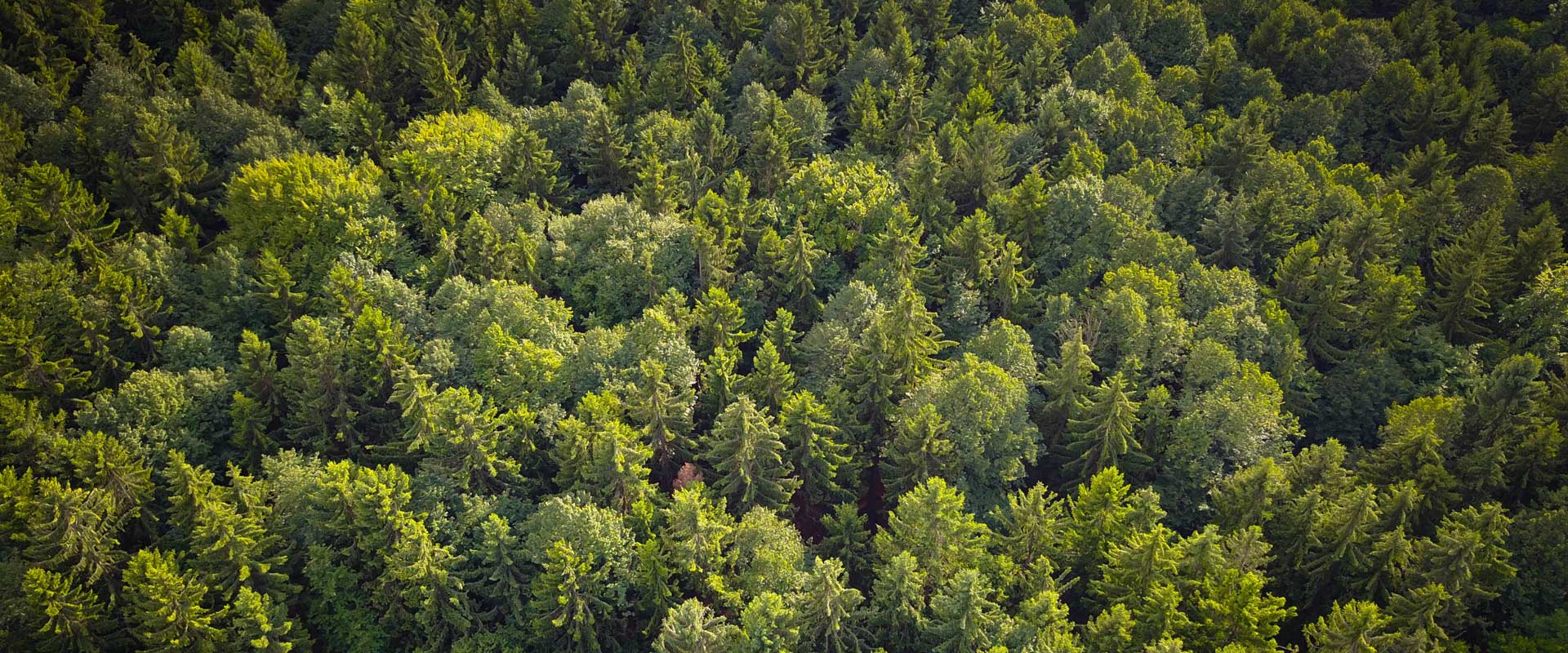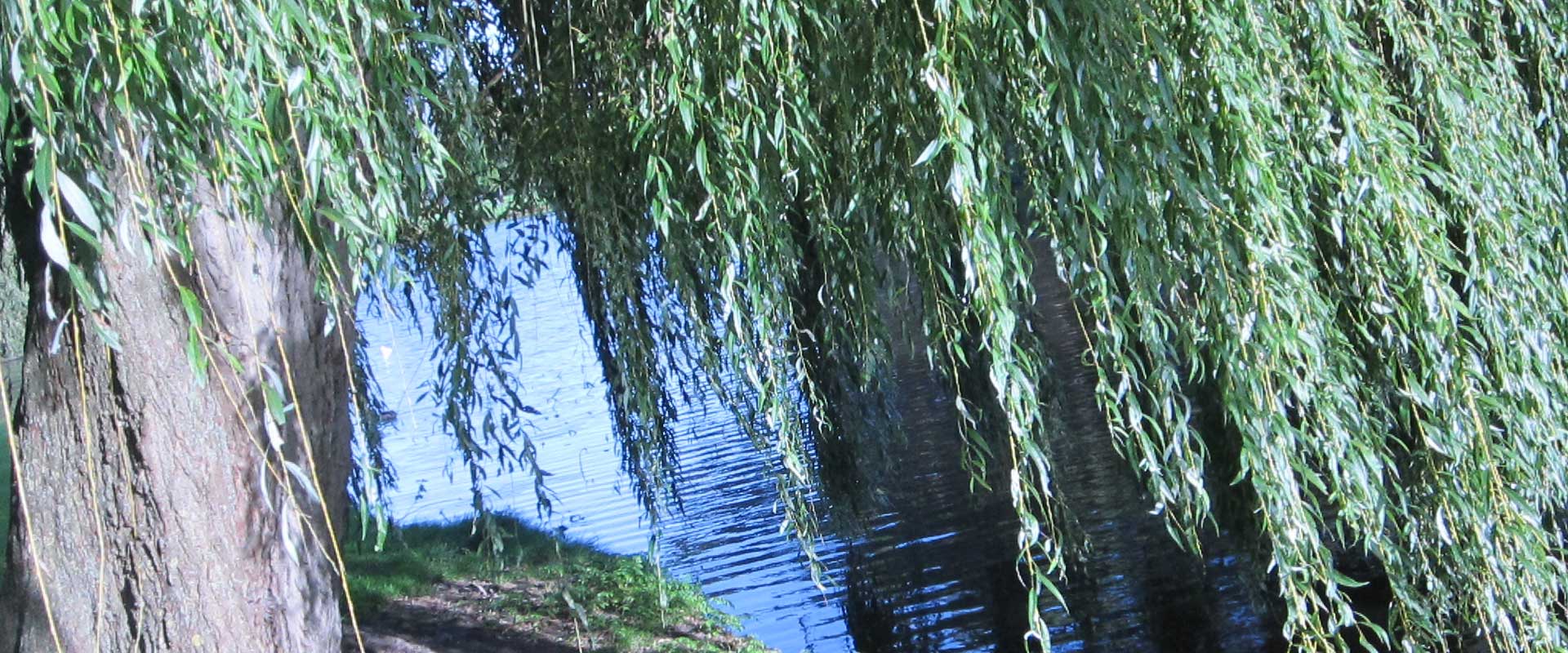
FAMILY ESTATE!
THE FOREST
The quarter-hectare forest is permanent and may therefore not be used for commercial logging! Suitable for this mini-forest are: conifers, deciduous trees, fruit trees and nut trees, as well as a wide variety of berry bushes and shrubs. Ideally, all plantations on the estate have a high biodiversity.
What kind of forest do you prefer? Does it consist of one and the same kind of trees, or do you opt for a mixed composition? Planting cultivars is not recommended because they do not produce germinating seeds. Because nature must be able to regenerate optimally!

FREE GROUND
With regard to the layout of the three quart hectare of free land, there are several options. The choice of accommodation and management are decisive for this. Sustainable methods of agriculture and small-scale livestock farming are used as a guideline, but also the protection of bees, for example.
Alternate cultivation, permaculture, organic fertilizer and plant varieties that root intensively, create soil recovery and improved soil fertility. It is recommended to grow crops that thrive in our climate zone.
Extra forest can also be created for wood production for subsequent generations. In addition, there is room for housing and outbuildings, of course in accordance with established legislation.
WATER MANAGEMENT
A lake and ponds form a habitat for fish and birds, and can also act as a drinking place for animals. People enjoy the sight of water and enjoy recreating!
Water reservoirs can also be installed. These serve for irrigation in the event of prolonged rain and provide water in the event of persistent drought. Due to climate change, extremes in the weather are more common.

PUBLIC SPACE
What happens if citizens are allocated one hectare? Individually managed hectares arise, which we can also call ‘hectare units’ in this context.
When hectare units are managed with this new philosophy, and also adjacent to each other in a new mutual relationship, new and larger-scale conglomerations arise.
Factors such as social cohesion, infrastructure and energy supply play a role in this. Hectare units can therefore also be arranged in the form of hectare villages.
HECTARES VILLAGE
But what does that look like? A hectares village may consist of a maximum of 150 hectares, and has a village center for general activities. This center may occupy a maximum of 7% of the total village plot. So with a 100-hectares village, the village center consists of an area of 7 hectares. With 150 hectares it is 10½ hectares.
Farms in the countryside can switch to small-scale agriculture and livestock farming with this new layout. Ideally this is done with the help of the government. Grants and a basic income undoubtedly make a world of difference!
Even families who want to manage a hectare of land will then get the space for it!
